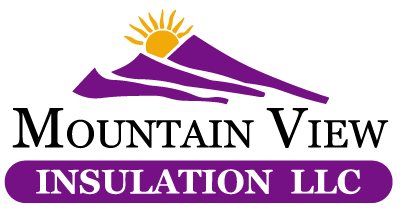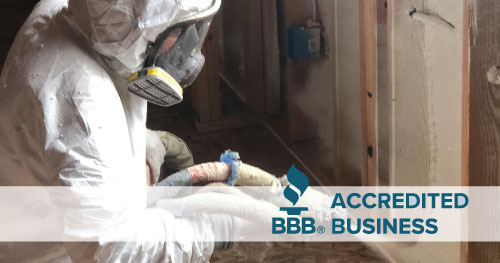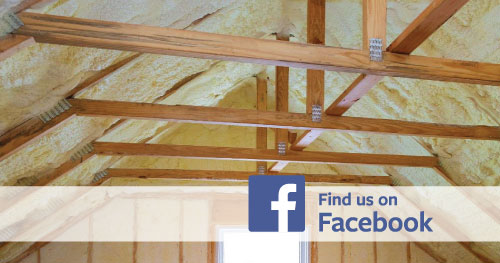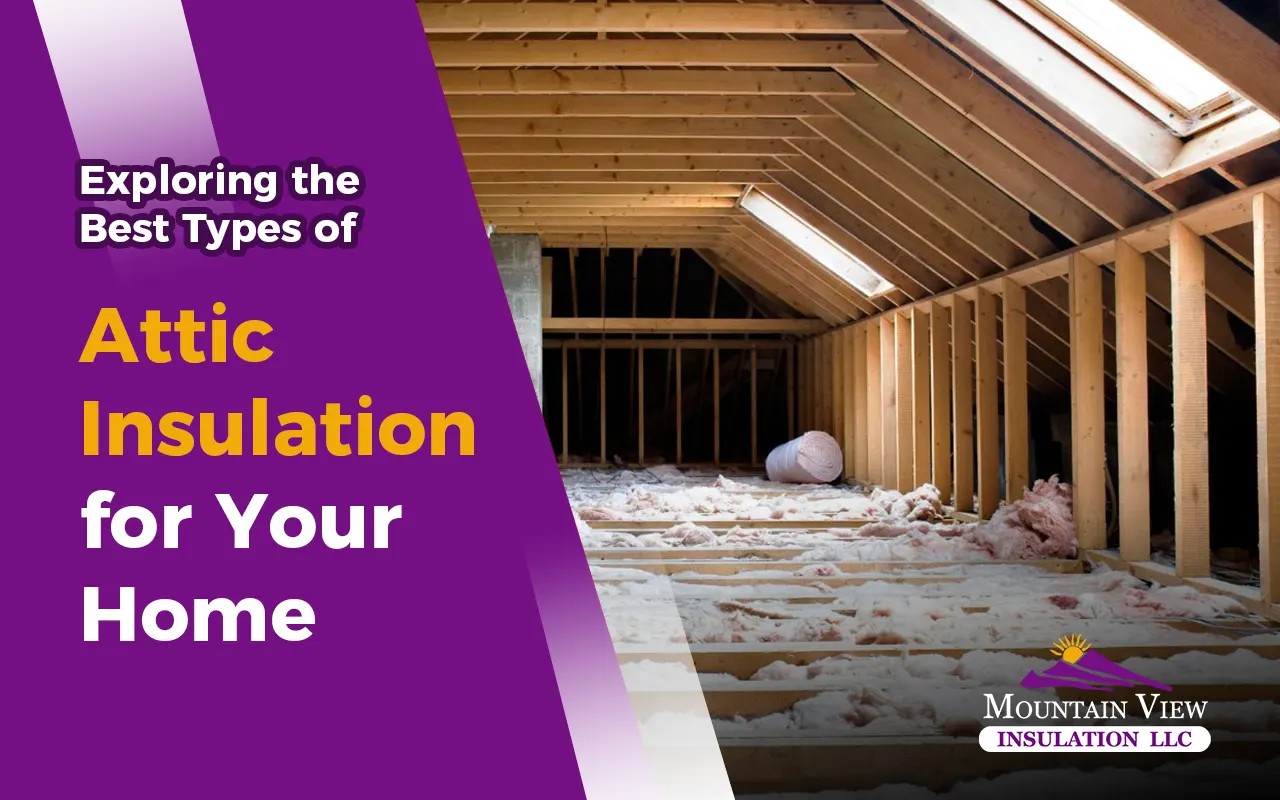
Knowing the different types of attic insulation is crucial when considering energy efficiency. Insulating your attic is one of the most effective ways to keep your home warm in the winter and cool in the summer.
However, not all insulation types offer the same quality. Various materials and methods offer unique benefits. Each type has its advantages, from spray foam to fiberglass. This guide will explore the most popular options to help you decide on your home.
Why Choosing the Right Types of Attic Insulation Matters
Insulating your attic isn’t just a home improvement task; it’s an investment in comfort, energy efficiency, and cost savings. Understanding the types of attic insulation available can help you choose the best option for your home. Let’s dive into the most effective insulation types and their benefits.
Fiberglass Insulation
This common type of insulation comes in batts or rolls. Easy to install, especially in spaces that are standard in size and free of obstructions, fiberglass is cost-effective and boasts a decent R-value, which measures thermal resistance.
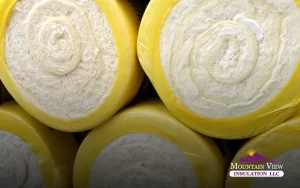
Spray Foam Insulation
Moreover, spray foam stands out for airtight insulation. It expands to fill gaps, providing an excellent barrier against air and moisture. There are two main types: open-cell and closed-cell. Close-cell offers a higher R-value and moisture resistance, making it ideal for damp areas.
Cellulose Insulation
Additionally, cellulose insulation is an eco-friendly choice made from recycled paper products. A manufacturer treats it with a fire retardant to increase safety. Importantly, installers can blow dense-pack cellulose into walls, offering an excellent solution for reducing air leaks.
Radiant Barrier
Especially effective in hot climates, radiant barriers reflect heat away from your home. Installers typically put them in the attic’s roof rafters, significantly reducing summer cooling costs.
Mineral Wool Insulation
Also known as rock wool, this insulation provides superior fire resistance. Made from natural materials, it can withstand high temperatures, making it a safe option for your attic.
FAQs About Attic Insulation
- How much does attic insulation cost?
Costs vary based on material type and the size of your attic. Generally, spray foam is pricier than fiberglass or cellulose.
- Can I install the attic insulation myself?
DIY installation is feasible for materials like batts or rolls. However, we recommend professional installation for spray foam.
- How often should I replace my attic insulation?
The lifespan of insulation depends on the type and quality. Fiberglass and cellulose may need inspection or replacement after 15-20 years, whereas spray foam can last longer.
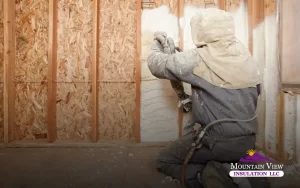
Why Insulate Your Attic?
- Firstly, it reduces energy bills by maintaining a consistent indoor temperature.
- Secondly, it improves home comfort throughout the year.
- Thirdly, it minimizes noise from outside.
- Furthermore, it increases the efficiency of your HVAC system.
- Lastly, it enhances the overall value of your home.
Make Your Home a Haven with Superior Attic Insulation
In conclusion, equipping your attic with the proper insulation is a game-changer for your home’s energy efficiency and comfort. Each insulation type offers unique benefits to meet various needs and preferences. Attic insulation is a smart choice whether you’re looking to cut energy costs, enhance comfort, or increase your home’s value.
Don’t let your hard-earned money leak through the roof. Take the step today to invest in quality attic insulation. For more information or assistance, feel free to contact us. Your journey towards a more efficient and comfortable home starts here!
